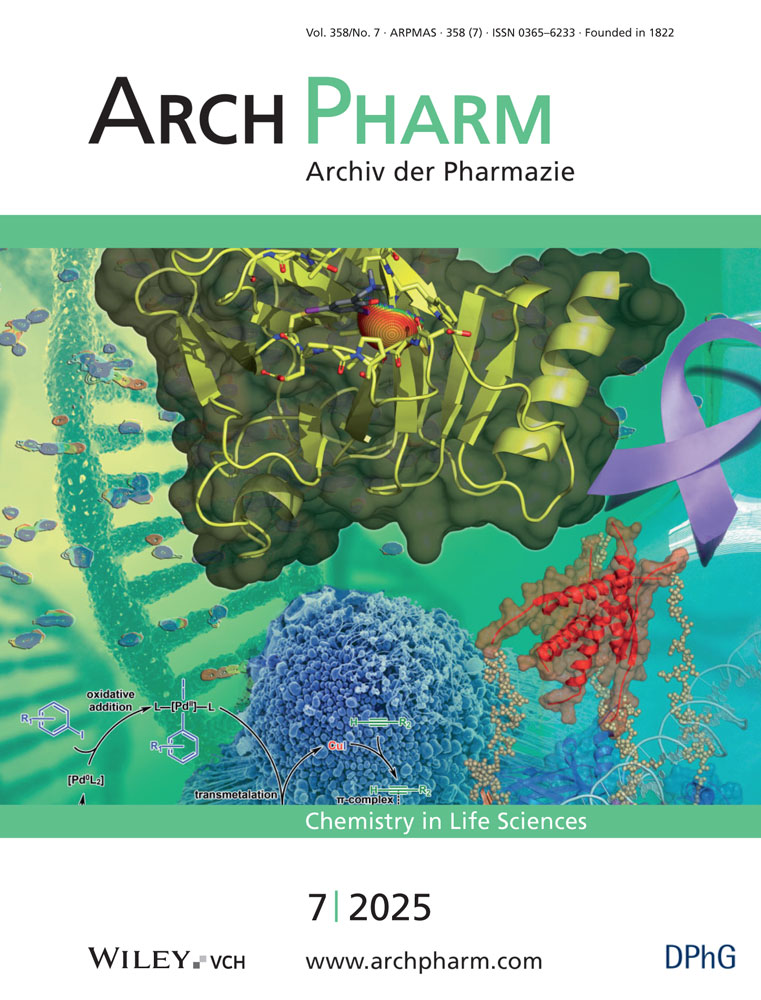Zur Synthese des Phaeantharins, 3. Mitt.1) Untersuchungen zur Diphenylether-Synthese nach Ullmann
Abstract
deZur Untersuchung der Synthese von Diphenylethern nach Ullmann wurden die sechs Brombenzolderivate 1–6 und die vier Phenole 7–10 eingesetzt. Dabei zeigte sich, daß die Ausbeute an Diphenylether mit steigender Elektronendichte am phenolischen Sauerstoffatom und mit sinkender Elektronendichte am C-Atom, das das Halogen trägt, zunimmt. Diese Ergebnisse deuten auf einen Reaktionsverlauf analog einer nucleophilen aromatischen Substitution. Die Pyridinmethode erweist sich der klassischen Methode als überlegen.
Abstract
enOn the Synthesis of Phaeantharine, III: Investigation of the Ullmann Synthesis of Diaryl Ethers
The Ullmann synthesis of diaryl ethers was examined using the bromobenzene derivatives 1–6 and the phenols 7–10. It was found that the yield of diphenyl ether increases with increasing electron density at the phenolic oxygen and with decreasing electron density at the carbon atom to which the halogen atom is attached. These results indicate a reaction course analogous to that of a nucleophilic aromatic substitution. The pyridine method turns out to be more successful than the classical method.




